1. What is a lithium battery PACK?
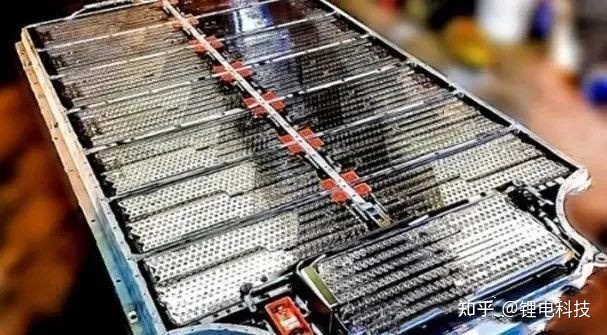
Battery PACK generally refers to the combination of battery, mainly refers to the processing and assembly of lithium battery pack, mainly is the battery cell, battery protection plate, battery connection piece, label paper, etc. through the battery PACK process combination processing into customer needs of the product. Battery PACK is now mainly concentrated in lithium battery pack PACK factory, all stabbed with their own PACK structure design, PACK electronic design and PACK production workshop, according to customer demand for independent development and design, through the battery program, battery specifications, battery samples to reach the customer's PACK lithium battery customization needs confirmed, and then let the PACK workshop PACK production line for Production and processing, quality inspection after passing the shipment.
2, To understand the lithium battery monoblock, lithium battery and lithium battery pack
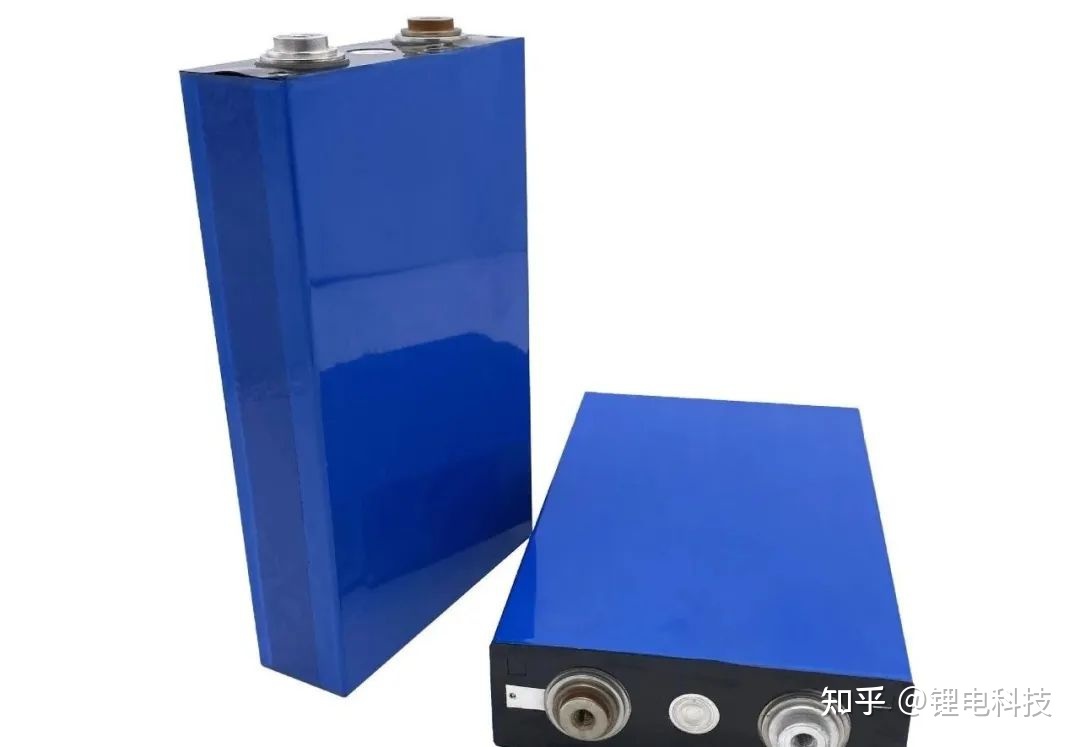
Lithium battery monomer (cell): the most basic element of the battery pack and battery pack, generally can provide a voltage of 3v-4v;
Li-ion battery packs (Batteries): a collection of multiple cells that form a single physical module providing higher voltages and capacities;
Lithium battery pack (pack): generally a collection of multiple battery packs, at the same time, also added to the battery management system (bms), etc., which is the final product provided to the user by the battery factory. It is also often referred to as lithium battery.
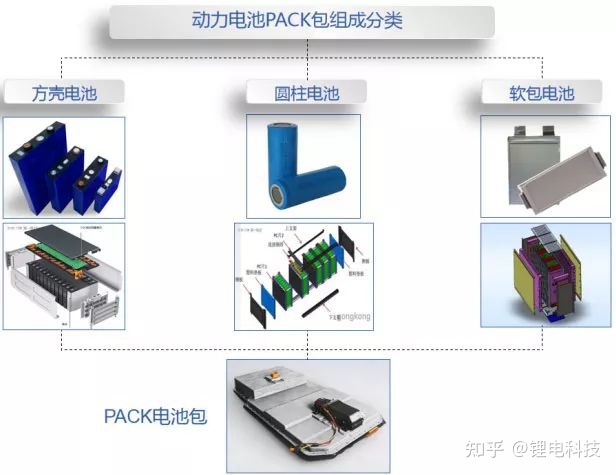
As the core component of the PACK, the current mainstream classification by the shape of the cell is divided into three main categories: square shell, cylindrical, soft pack (polymer battery). The positive and negative electrode pieces are packaged in different ways inside the corresponding shells.

Left cylindrical winding Middle - square winding Right - square lamination
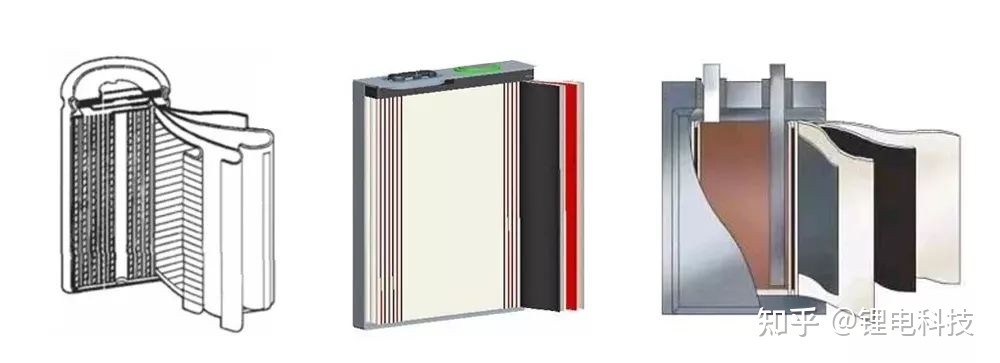
Left - cylindrical cells Middle - square shell cells Right - soft pack cells
Battery modules
By assembling the individual cells, the cells are formed into different series and parallel connections by means of busbars, which can be screw-locked, resistance welded, ultrasonically welded, ultrasonically welded with aluminium wire and laser welded.
Taking into account production yields, efficiency and the internal resistance of the connection points, laser welding is now the preferred choice for many battery manufacturers.

Left - Cylindrical Module Middle - Square Case Module Right - Soft Pack Module
PACK battery pack

Left - Cylindrical PACK Right - Square Case PACK
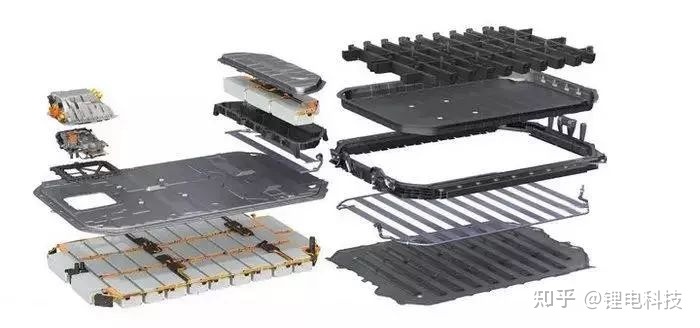
Soft Pack PACK
Components of a PACK battery pack
It mainly consists of battery module, mechanism system, electrical system, thermal management system and BMS.
Battery module: If the battery PACK is compared to a human body, the module is the "heart", responsible for storing and releasing energy to power the vehicle.
Mechanism system: It is mainly composed of the top cover, tray, various metal brackets, end plates and bolts, which can be regarded as the "skeleton" of the battery PACK, playing the role of support, resistance to mechanical shock, mechanical vibration
and environmental protection (waterproof and dustproof).
The electrical system consists of a high-voltage jumper or high-voltage harness, a low-voltage harness and a relay. The high-voltage harness can be regarded as the "artery and blood vessels" of the battery PACK, transporting the power from the heart of
the power battery system to the required components, while the low-voltage harness can be regarded as the "neural network" of the battery PACK, transmitting detection signals and control signals in real time. The low-voltage wiring harness can be seen
as the "neural network" of the battery PACK, transmitting detection and control signals in real time.
Thermal management systems: There are four main types of thermal management systems: air-cooled, water-cooled, liquid-cooled and phase change materials. In the case of water-cooled systems, for example, the thermal management system consists
of a cooling plate, cooling water pipes, thermal insulation pads and thermal conductivity pads. The thermal management system is equivalent to installing an air conditioner to the battery PACK.
BMS: Battery management system The battery management system can be regarded as the "brain" of the battery. It is mainly composed of CMU and BMU.
CMU: Cell monitor unit is responsible for measuring the voltage, current, temperature and other parameters of the battery, as well as equalisation and other functions. Once the CMU has measured these data, it transmits them to the BMU via the battery
"neural network" described above.
BMU: Battery management unit.
It is responsible for evaluating the data transmitted by the CMU and if the data is abnormal, it protects the battery by issuing a request to reduce the current or to cut off the charge and discharge paths to prevent the battery from exceeding the
permitted conditions of use, as well as managing the battery's charge and temperature. According to the previously designed control strategy, the parameters and states that need to be warned are judged and the warnings are sent to the whole vehicle
controller and eventually communicated to the driver.
3. Battery PACK components
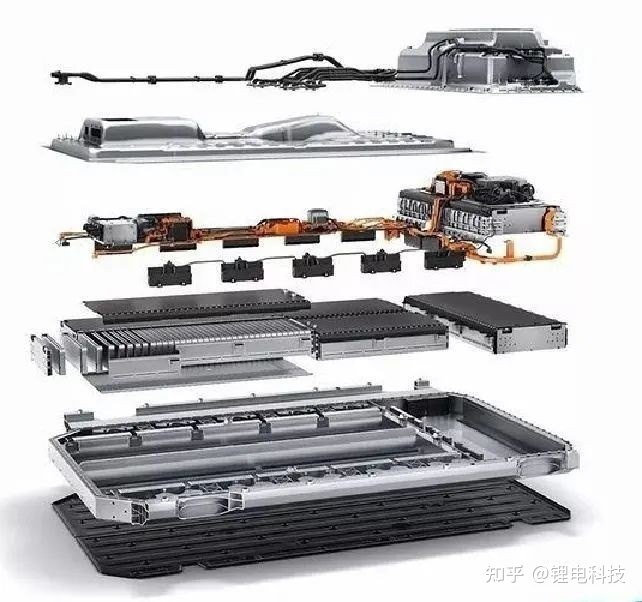
PACK includes battery pack, busbar, flexible connection, protection board, outer packaging, output (including connectors), barley paper, plastic bracket and other auxiliary materials which together form the PACK.
4. Features of lithium battery PACK
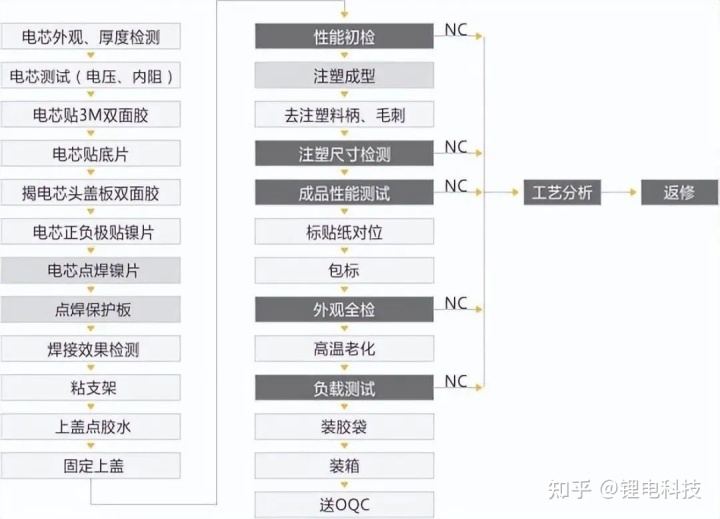
5.There are complete functions that can be applied directly; diversity of types, the same application requirements have a variety of PACK can be achieved.
The lithium battery pack PACK requires the battery to have a high degree of consistency (capacity, internal resistance, voltage, discharge curve, life).
The cycle life of a lithium battery pack PACK is lower than that of a single cell.
Use under limited conditions (including charging and discharging current, charging method, temperature and humidity conditions, vibration conditions, degree of force, etc.)
Lithium battery pack PACK protection boards require a charge equalisation function.
High voltage, high current battery pack PACKs (e.g. EV batteries, energy storage systems) require a battery management system (BMS), CAN, RS485 and other communication buses.
Li-ion battery pack PACK has higher requirements for chargers, some of which require communication with the BMS. The purpose is to make each battery work normally, to give full play to the energy stored in the battery, and to ensure safe and reliable
use.
6, lithium battery PACK process flow
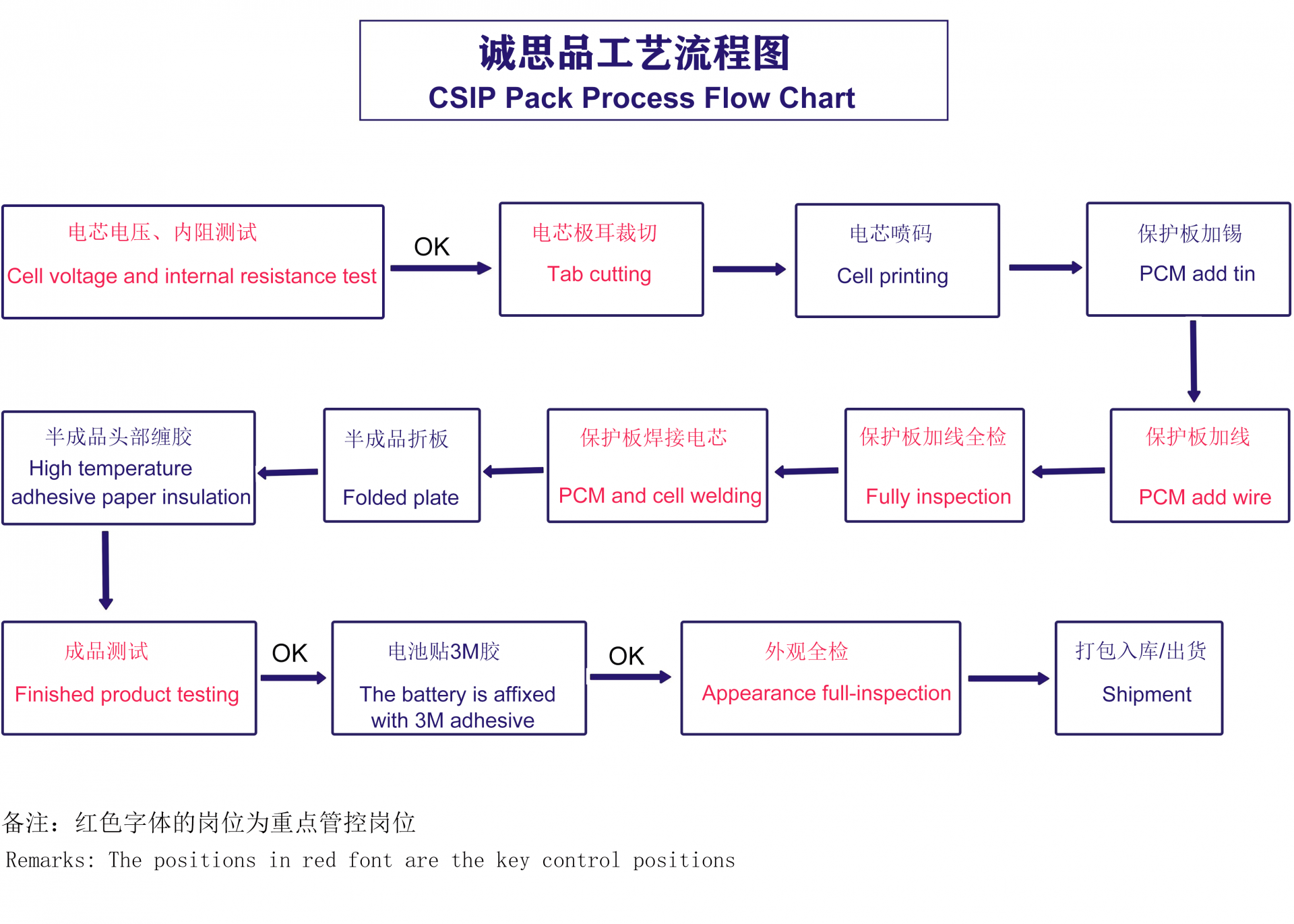
The PACK of Li-ion battery is realized in two ways, one is through laser welding or ultrasonic welding or pulse welding, which is a common welding method, the advantage is that the reliability is better, but not easy to replace. The second is through the
elastic metal sheet contact, the advantage is no welding, battery replacement is easy, the disadvantage is that it may lead to poor contact.






































 401,Building A1,No.168,Changshan IndustrialZone Liulian Community,Pingdi Street,Shenzhen Guangdong Province,China
401,Building A1,No.168,Changshan IndustrialZone Liulian Community,Pingdi Street,Shenzhen Guangdong Province,China